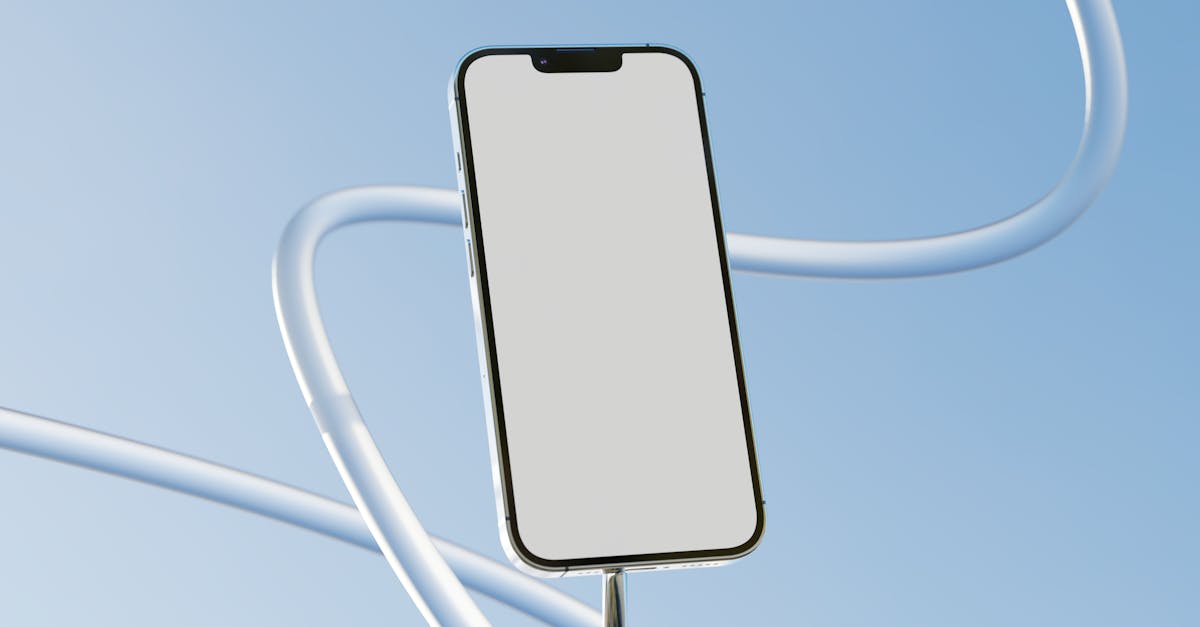The Future of Foldable Phones
Introduction
Foldable phones have ushered in a new era of mobile phone technology, offering users the ability to expand their screen sizes beyond standard dimensions. Despite being relatively new to the market, foldable devices are rapidly gaining traction due to their versatility and high-tech appeal. However, the journey to perfecting foldable technology involves navigating several innovations and challenges.
Advertisement
Innovation in Screen Technology
At the heart of foldable phones lies their cutting-edge display technology. Manufacturers have developed flexible OLED screens that can fold without sustaining damage. Advances in materials science, especially regarding polymers and glass, have allowed companies to produce screens that are both robust and flexible, promising users a smooth transition when folding and unfolding their devices.
Advertisement
Battery Design and Efficiency
Foldable devices require batteries that can accommodate their unique designs. As these phones are often thinner and require more power to support increased screen size, manufacturers like Samsung and Huawei have been working on split battery technology that can fit within the design constraints. Battery efficiency also plays a key role, as these devices should not compromise on battery life despite their power-hungry features.
Advertisement
Operating System Adaptations
To fully harness the potential of foldable phones, operating systems need to be optimized. Android and other operating platforms have begun tailoring their interfaces to seamlessly transition between folded and unfolded modes. This involves complex software engineering to ensure multitasking capabilities and that apps can readily adapt to varying screen dimensions.
Advertisement
Design and Durability Challenges
While foldable phones are engineering marvels, they face significant design challenges. Users expect these innovative devices to be as durable and reliable as traditional smartphones. Manufacturers must navigate issues like protecting the hinge mechanism, ensuring water and dust resistance, and preventing screen creases from forming over time, all of which can affect user experience.
Advertisement
Market Reception and Adoption
The consumer market's reception to foldable phones has been mixed. While intrigue drives early adopters, the high price point remains a barrier for widespread acceptance. Current models cater to tech enthusiasts willing to invest, but manufacturers are seeking economies of scale to make these innovations accessible to broader audiences.
Advertisement
Environmental Impact
Foldable phones introduce new environmental considerations. The use of polymers and high-tech components increases the need for sustainable sourcing and responsible manufacturing. Tech companies are recognizing the importance of recycling initiatives and designing devices with longer life spans, thus mitigating increased electronic waste.
Advertisement
The Competitive Landscape
The competition in the foldable market pushes innovation further. Established brands like Samsung, Huawei, and Motorola are jockeying for dominance, each introducing unique features to differentiate their offerings. This rivalry not only spurs technological advancements but ultimately benefits consumers with more refined options and potential cost reductions.
Advertisement
Potential for Future Advancements
As technology progresses, foldable phones could see additional features, such as improved foldable glass, lightweight designs, and enhanced battery life. Future iterations might also explore tri-fold mechanisms, offering even greater screen dimensions. Continued research into new materials and phone design will play a pivotal role in achieving these breakthroughs.
Advertisement
Conclusion
The journey of foldable phones is one of both tremendous promise and ongoing challenges. With continued innovation, these devices will surely evolve to become mainstream staples in the mobile technology market. As manufacturers overcome existing obstacles, consumers can look forward to a dynamic future featuring durable, versatile, and affordable foldable devices.
Advertisement


